Olive Young - Paju Munsan Branch [Tax Refund Shop] (올리브영 파주문산점)
3.2Km 2024-06-27
#104, 71, Munhyang-ro, Munsan-eup, Paju-si, Gyeonggi-do
-
Camp Greaves DMZ Experience Center (캠프 그리브스)
3.8Km 2025-10-23
137 Jeoksipja-ro, Paju-si, Gyeonggi-do
+82-31-953-6970
Camp Greaves served as a camp base for the 506th US Second Infantry Division for about 50 years after the ceasefire agreement of the Korean War. The land was given back to the Korean government in 2007. The camp has been turned into a peace and security experience facility, and it is located approximately 2 kilometers away from the DMZ. It is also the first youth hostel to be located within a restricted area for civilians in Paju city.
An entire building of the US Army officer quarters was remodeled into a youth hostel and can accommodate up to 240 guests. The hostel is comprised of an office, a small auditorium on the first floor, rooms on the second and third floors, and a large auditorium on the fourth floor. The camp offers diverse programs including educational programs.
◎ Travel information to meet Hallyu’s charm
This is where NCT Dream photographed the cover for their first full-length album, “Hot Sauce.” It has been a U.S. military base for more than 50 years, so it’s a great place to go for an outing, with a variety of exhibits and picturesque landscapes.
Paju Unification Park (통일공원(파주))
3.9Km 2021-01-29
1586-24, Tongil-ro, Paju-si, Gyeonggi-do
+82-31-940-4631
Paju Unification Park was built in Bongseo-ri, Paju-eup, in June 1973 to pay tribute to the soldiers who fought in the defense of the South during the Korean War, as well as to pray for unification. It is situated near Munsan Station where the UN War Correspondent Center was located during the armistice talks. A monument rests within the park that pays tribute to the 18 Korean and foreign war correspondents who died trying to share their, often tragic, stories of the war. They include Han Gyu-ho of the Seoul Shinmun as well as journalists from the U.S. (10 people), Britain (4 people), France (2 people) and the Philippines (1 person). There is also a tower built to commemorate the loyalty and courage of 10 brave soldiers who sacrificed themselves in a bomb attack, a memorial tower dedicated to anticommunist guerilla units from the Gaema Plateau, and a statue of Colonel Lee Yu-jung and Second Lieutenant Kim Man-sul.
Tomb of Hwang Hui (황희정승묘)
4.6Km 2024-02-07
23-83 Jeongseung-ro 88beon-gil, Tanhyeon-myeon, Paju-si, Gyeonggi-do
Hwang Hui (1363-1452) is a prime minister who played a significant role in the early Joseon dynasty. Constructed in three stages, the tomb's burial mound is notably large. Hwang Hui was an official instrumental in establishing the foundations of Joseon. He served under King Taejong, the 3rd king of Joseon, and King Sejong, the 4th king, making notable contributions in diplomacy, law, science, and national defense. His descendants have continued to honor his legacy by maintaining the tomb.
Unification Village (통일정보화마을)
4.6Km 2025-01-17
330-7, Baegyeon-ri, Gunnae-myeon, Paju-si, Gyeonggi-do
Paju’s Unification Village is located north of the Civilian Control Line (CCL). It has security tour locations, such as Panmunjeom, The 3rd Tunnel, and the Dora Observatory. The village is also famous for its agricultural products, such as Jangdan ginseng, Jangdan soybeans, and Jangdan rice, grown in the fertile and blessed nature of the area. Applications for Panmunjeom visits can be made a month in advance, starting from the 10th day of that month. Visitors are required to bring their passports for identification purposes. Nearby tourist sites include Imjingak Pavilion and Paju Book City.
Tongilchon Jangdankong Maeul (통일촌장단콩마을)
5.0Km 2024-10-15
64 Tongilchon-gil, Gunnae-myeon, Paju-si, Gyeonggi-do
Tongilchon Jangdankong Maeul, specializing in bean curd dishes, is situated adjacent to the Demilitarized Zone (DMZ). To access it, visitors are required to bring their identification and pass through a checkpoint. The Jangdankong beans used here are known for their robust, savory flavor, distinguishing them from other beans. The restaurant is famous for its Jangdankong set menu, dubu jeongol (bean curd hot pot), doenjang jjigae (soybean paste jjigae), and Jangdan kongguksu (noodles in cold soybean soup), particularly popular during the summer season.
Hwaseokjeong Pavilion (화석정)
5.2Km 2021-12-14
152-72, Hwaseokjeong-ro, Paju-si, Gyeonggi-do
+82-31-940-5831
Hwaseokjeong Pavilion was built in honor of Gil Jae, a Goryeo dynasty Confucian scholar who had resigned from his government post to train young scholars. Overlooking the Imjingang River, the pavilion provides a good resting area dotted with zelkova trees.
Dorasan Station (도라산역)
5.8Km 2024-02-29
556, Nosang-ri, Jangdan-myeon, Paju-si, Gyeonggi-do
+82-31-953-3334
Dorasan Station is the closest South Korean railway station to North Korea. Initially, the station was served by a railway that connected Seoul with China and Europe, but it was destroyed during the Korean War (1950-1953). The station and the railway were rebuilt in 2002 to prepare for the railway’s reconnection to North Korea. Dorasan Station is located 55 km away from Seoul and 205 km from Pyeongyang. All visitors are required to bring their identification, such as passports or Alien Registration Card (ARC).
Dora Observatory (도라전망대)
6.1Km 2024-11-28
310 Je3ttanggul-ro, Jangdan-myeon, Paju-si, Gyeonggi-do
+82-31-954-0303
Dora Observatory is the closest DMZ observatory to Panmunjeom. From Dora Observatory, one can see not only the Panmunjeom but also the village of Daeseong-dong within the DMZ, mountains and farmlands on the North Korean side, and the city of Gaeseong, a North Korean city and the historic capital of Goryeo (918-1392). Individual visits are not allowed. The observatory can only be accessed through the DMZ Peace Tour, which embarks from Imjingak Pavilion after reservation. All visitors are required to bring their identification, such as passports or Alien Registration Card (ARC).
The 3rd Tunnel (제3땅굴)
7.1Km 2024-02-29
210-358, Je3ttanggul-ro, Gunnae-myeon, Paju-si, Gyeonggi-do
+82-31-940-8526
The 3rd Tunnel is the third of its kind built by North Korea for the purpose of invading South Korea. It was discovered in 1978. Among the four tunnels located so far, it is closest to Seoul (about 52 km). It has a total length of 1.6 km and a x_width of 2 m. It is estimated that nearly 30,000 personnel can move through the tunnel every hour. Visitors to the 3rd Tunnel must reserve the tour in advance. The tour starts from the Imjingak Pavilion. All visitors are required to bring their identification, such as passports or Alien Registration Card (ARC).

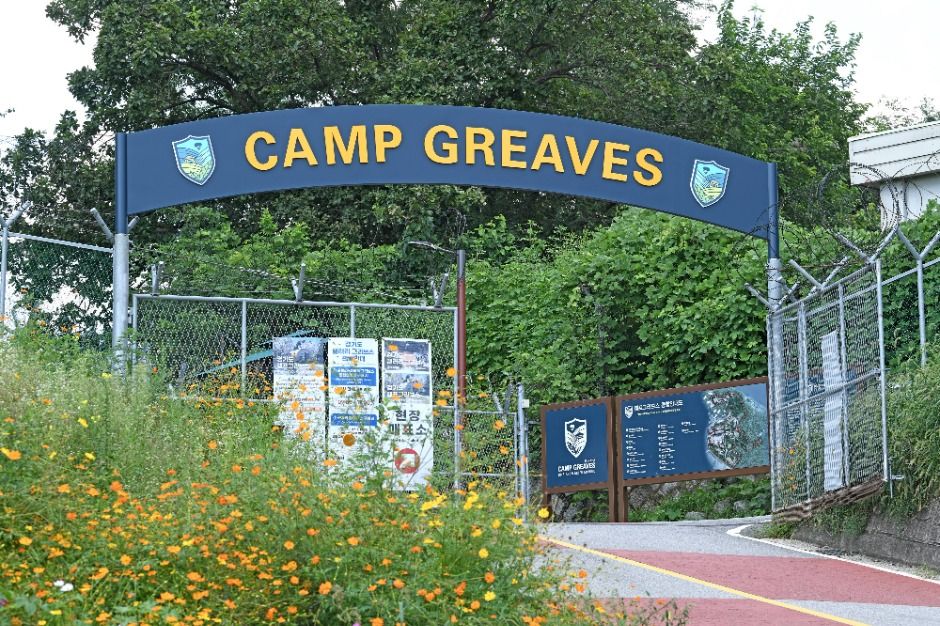
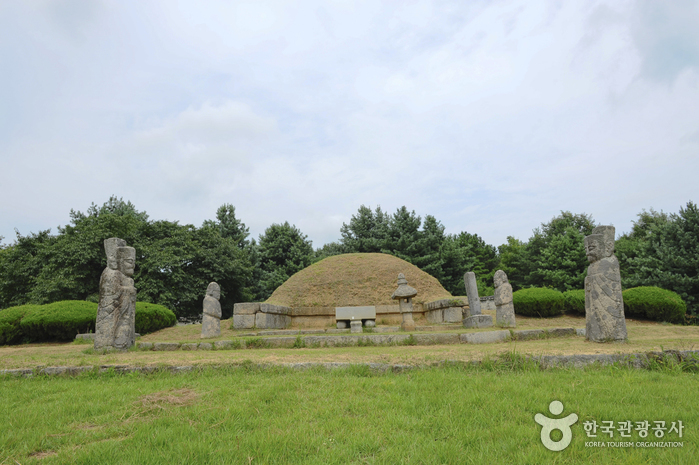
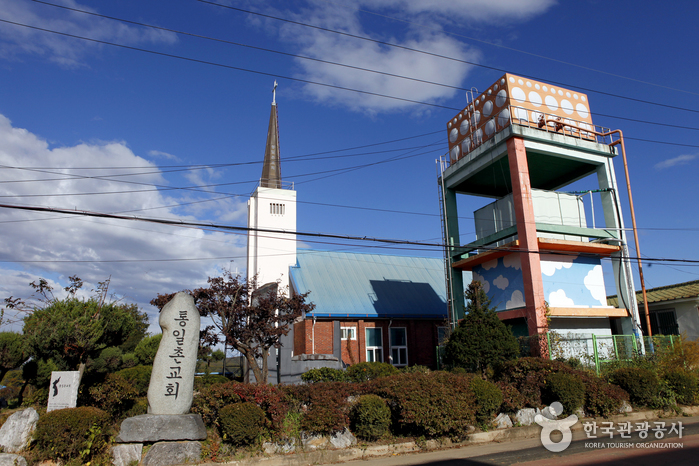
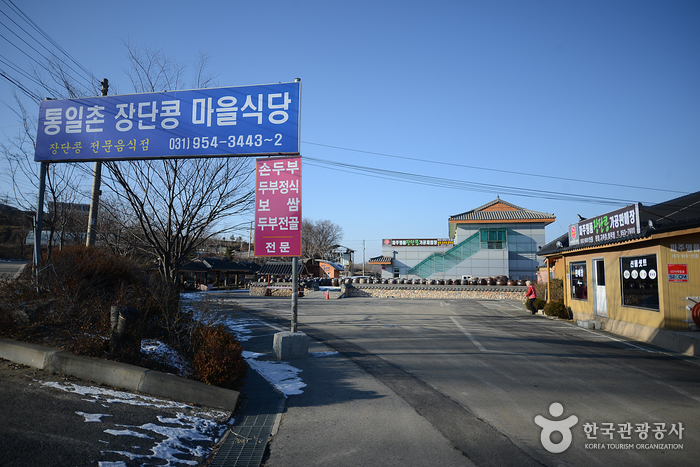
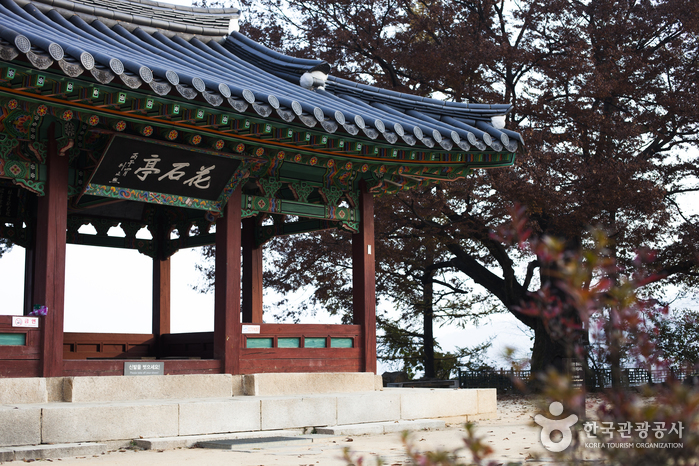
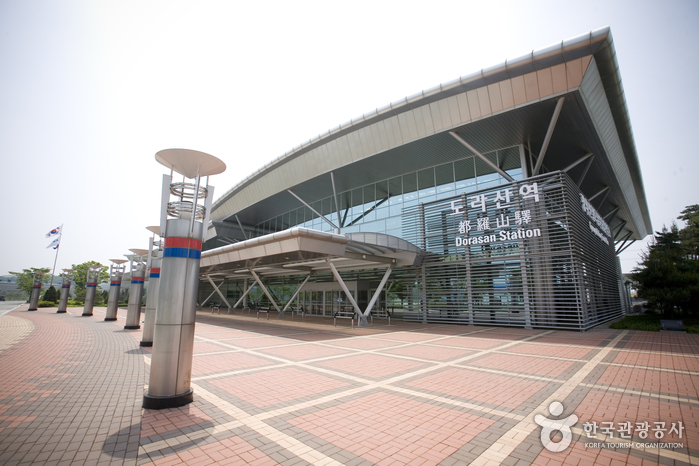
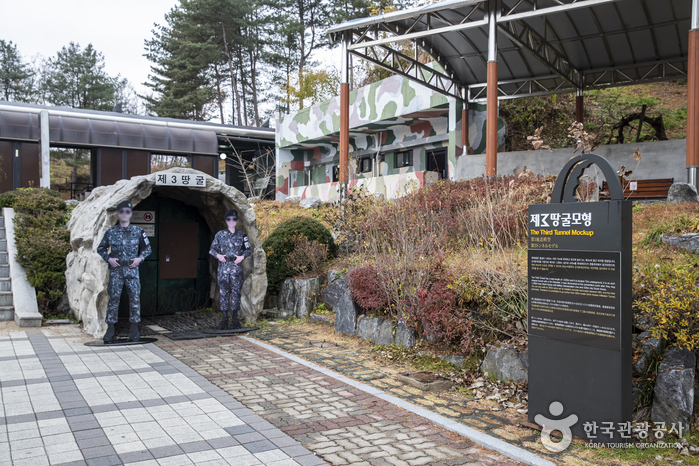
 English
English
 한국어
한국어 日本語
日本語 中文(简体)
中文(简体) Deutsch
Deutsch Français
Français Español
Español Русский
Русский